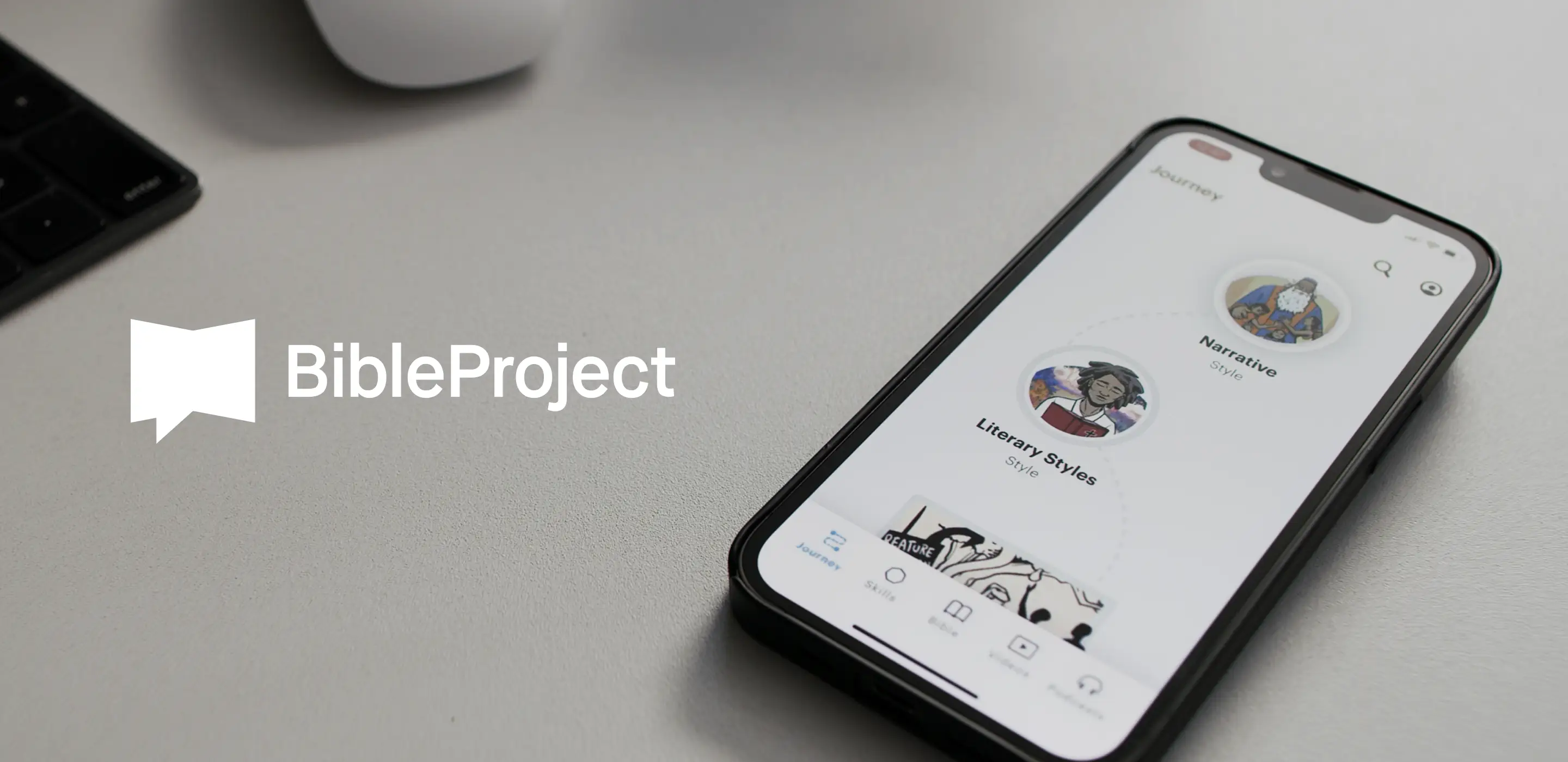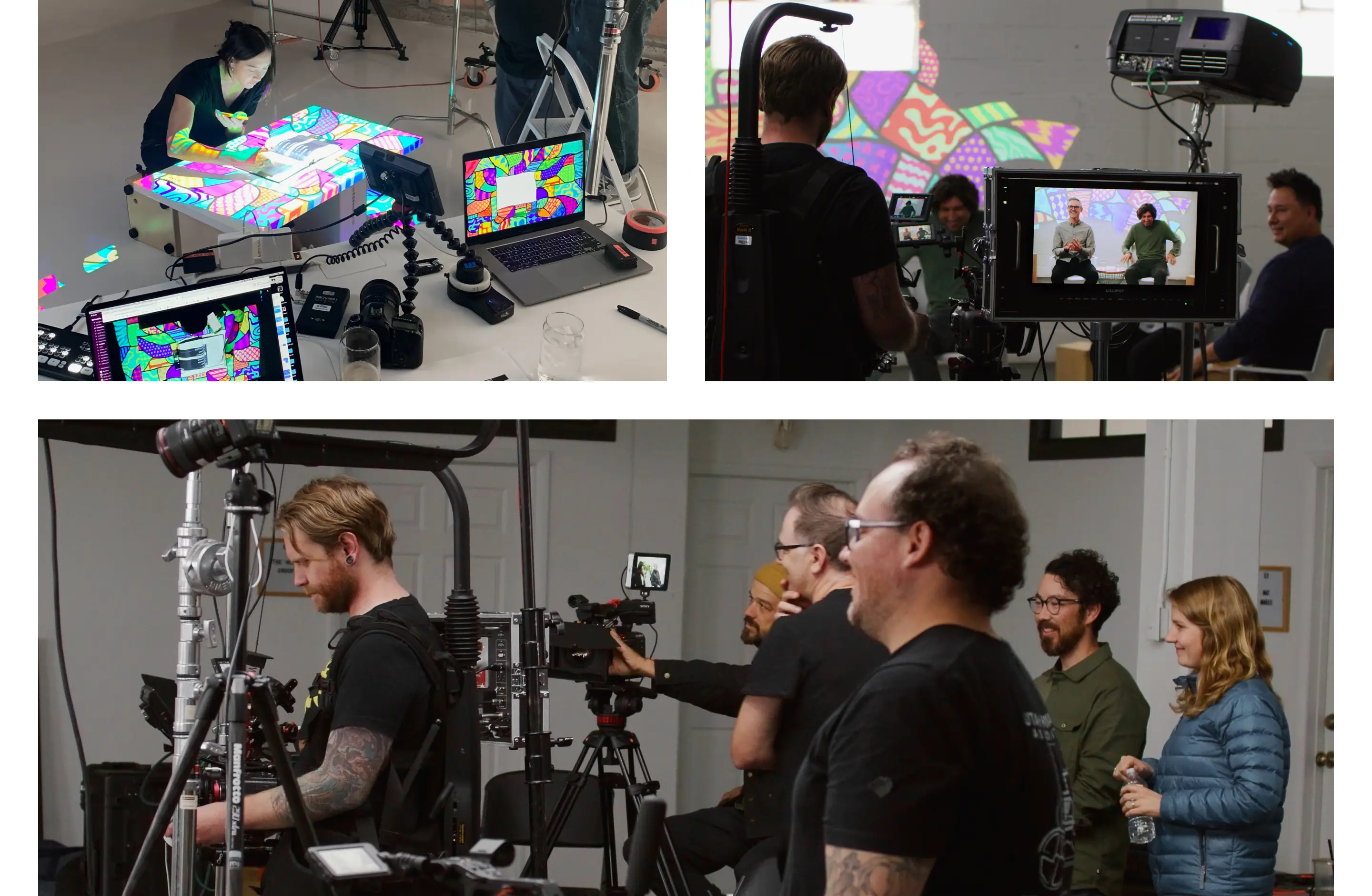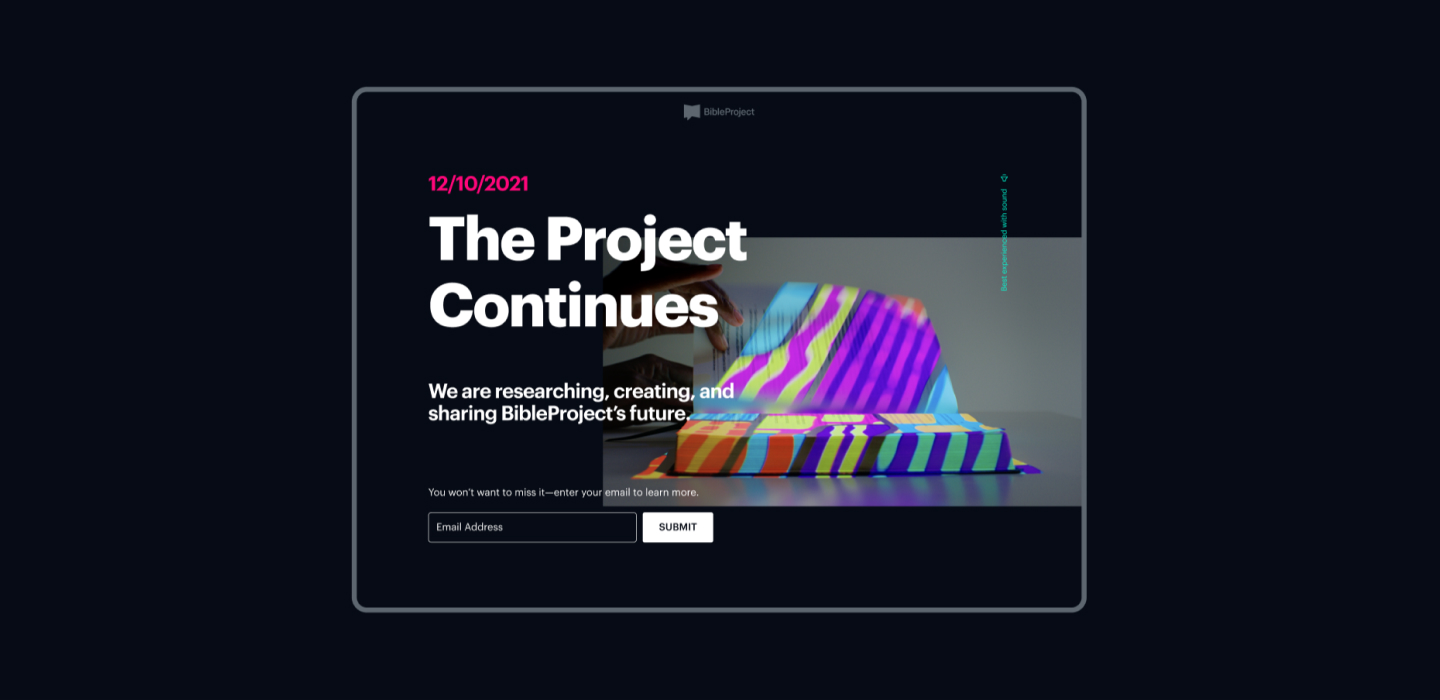A Small Studio with a Big Announcement
The BibleProject.com is a non-profit known for creating high-quality videos for people who want to understand the literary, historical, and spiritual significance of the Bible. The company is transitioning from being a small animation studio to becoming a full-scale EdTech platform. They came to Underbelly for help announcing this as part of their end-of-year initiative. As a fully crowd-funded organization, the end-of-year initiative is crucial to the success of the company because it raises a lot of awareness among its supporters.











